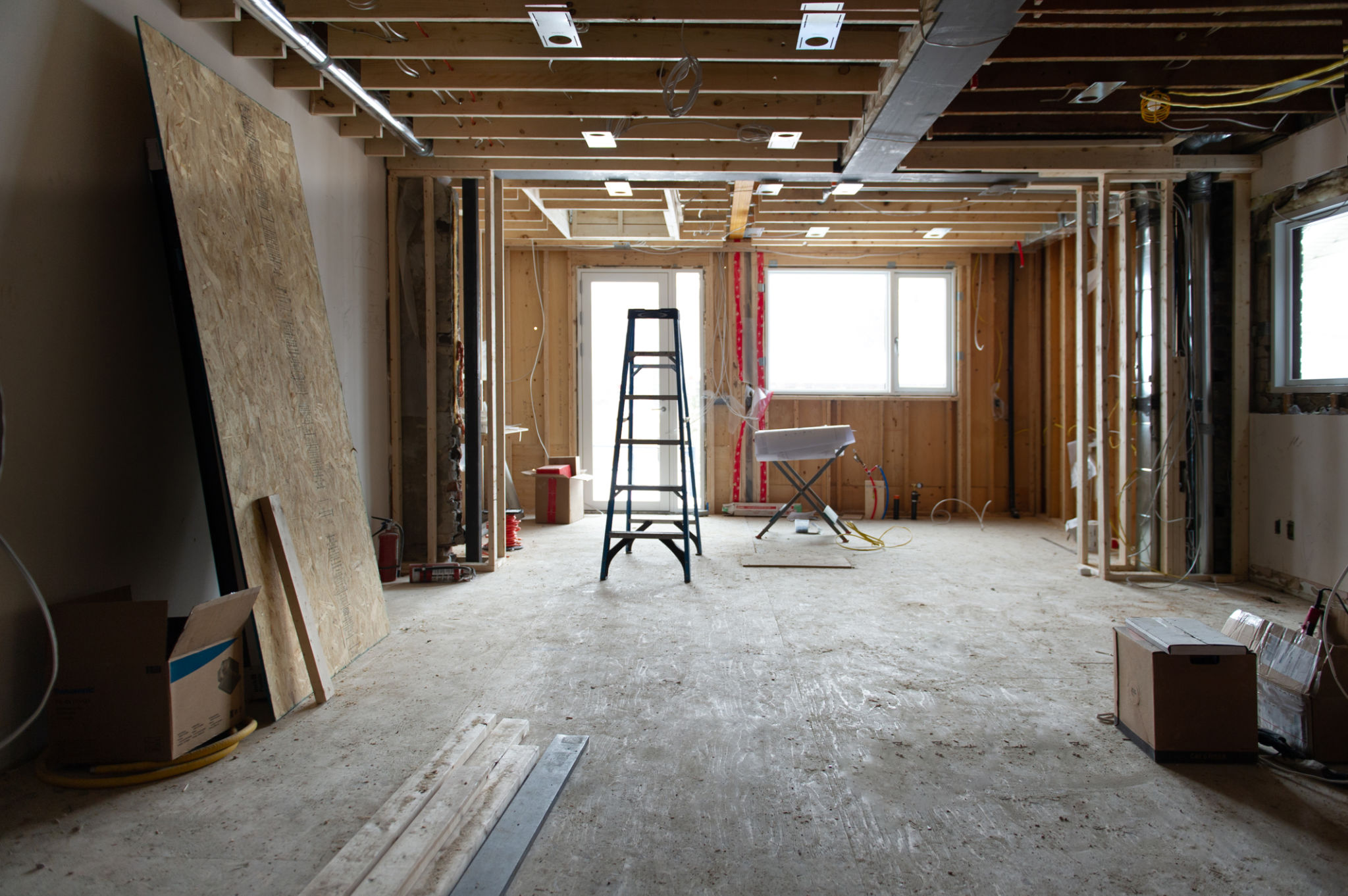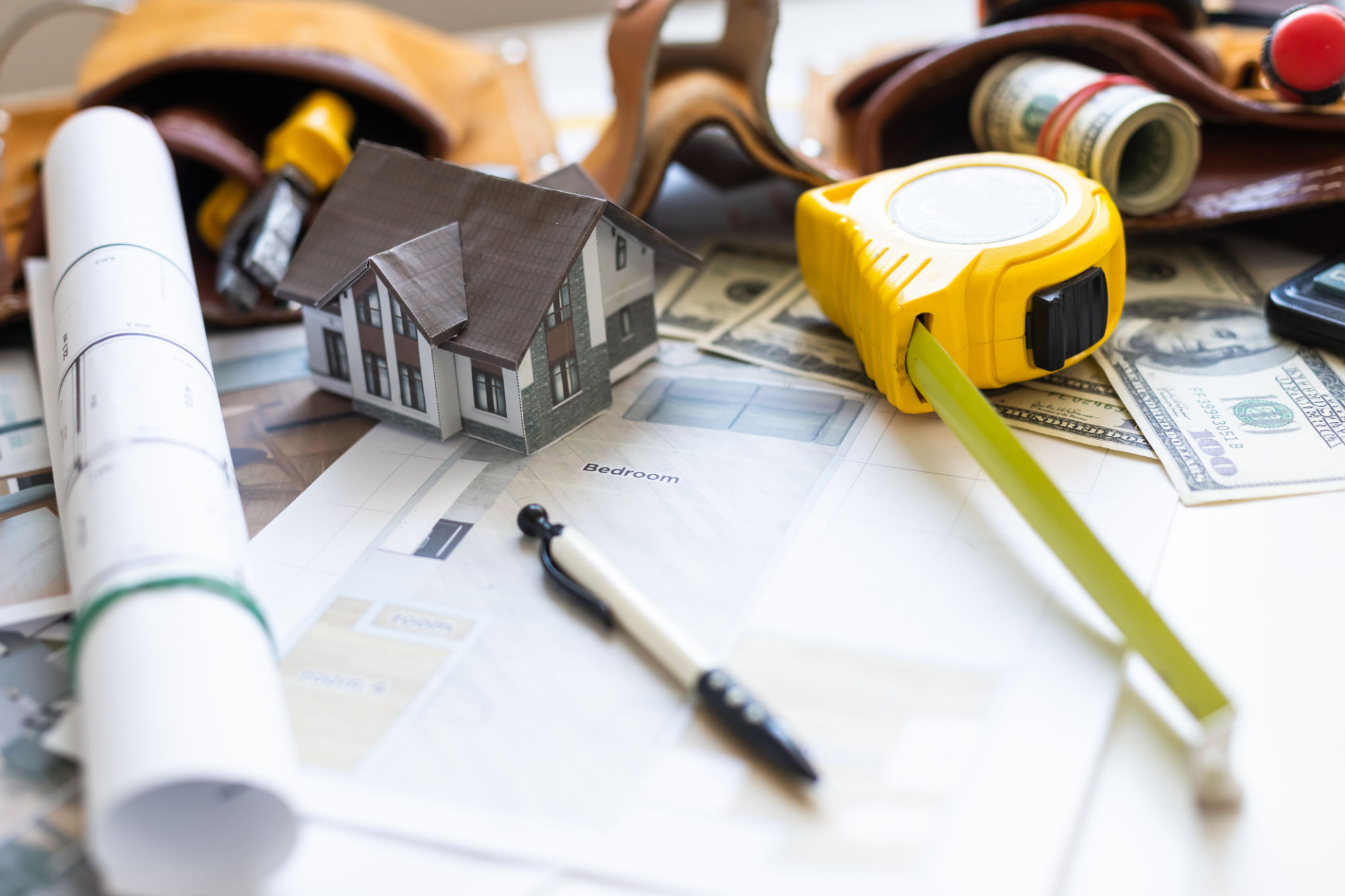Unlocking Value: The Renovative Approach to Property Investment
Understanding the Renovative Approach
In the world of property investment, the renovative approach stands out as a highly effective strategy for unlocking value and achieving significant returns. This method focuses on purchasing undervalued or distressed properties, enhancing their condition, and subsequently selling them at a profit or renting them for a steady income stream. By transforming a property's potential, investors can realize substantial gains while also contributing to community revitalization.
Investors interested in this approach often target properties that require cosmetic updates or structural improvements. These changes, while demanding effort and resources, can dramatically increase the property's market value. The renovative approach is not merely about flipping houses; it’s about identifying opportunities where strategic enhancements can make a tangible difference.

Benefits of Renovative Property Investment
One of the primary benefits of the renovative approach is the potential for high returns. Investors can buy properties at a lower price point due to their condition and sell or rent them for much more after improvements. This strategy often yields higher profits compared to purchasing already renovated properties at market value.
Furthermore, renovative investments contribute positively to local communities. By improving neglected properties, investors can help uplift neighborhoods, attract new residents, and stimulate local economies. This altruistic aspect adds an element of social responsibility to financial gain.

Key Steps in the Renovative Process
To successfully execute the renovative approach, investors typically follow a series of strategic steps:
- Research and Acquisition: Identify promising properties through market research and acquire them at competitive prices.
- Renovation Planning: Develop a comprehensive plan detailing necessary renovations and budget considerations.
- Execution: Implement renovations focusing on both aesthetic appeal and structural soundness.
- Marketing and Sale/Rent: Once renovations are complete, market the property effectively to potential buyers or tenants.
Each step requires meticulous planning and execution to ensure that the investment yields optimal returns. Investors must also be prepared to manage any unforeseen challenges that may arise during the renovation process.

Challenges to Consider
Despite its benefits, the renovative approach to property investment is not without challenges. Renovations can be unpredictable, with costs sometimes exceeding initial estimates due to unforeseen complications. To mitigate this risk, investors should always have a contingency fund and work with reliable contractors who provide accurate assessments and realistic timelines.
Another potential hurdle is market fluctuation. Property values can be influenced by economic conditions, changes in interest rates, or shifts in local demand. Staying informed about market trends and being flexible with your investment strategy can help navigate these uncertainties.
Conclusion: A Pathway to Success
The renovative approach to property investment offers a dynamic pathway to unlocking hidden value in real estate. By combining strategic planning with creative vision, investors can transform overlooked properties into lucrative assets. This method not only yields financial rewards but also contributes positively to community development, making it a win-win for investors and residents alike.
If you're considering diving into property investment, exploring the renovative approach could be your ticket to success. With careful execution and a keen eye for potential, this strategy can lead to impressive outcomes in both personal wealth and community enhancement.

